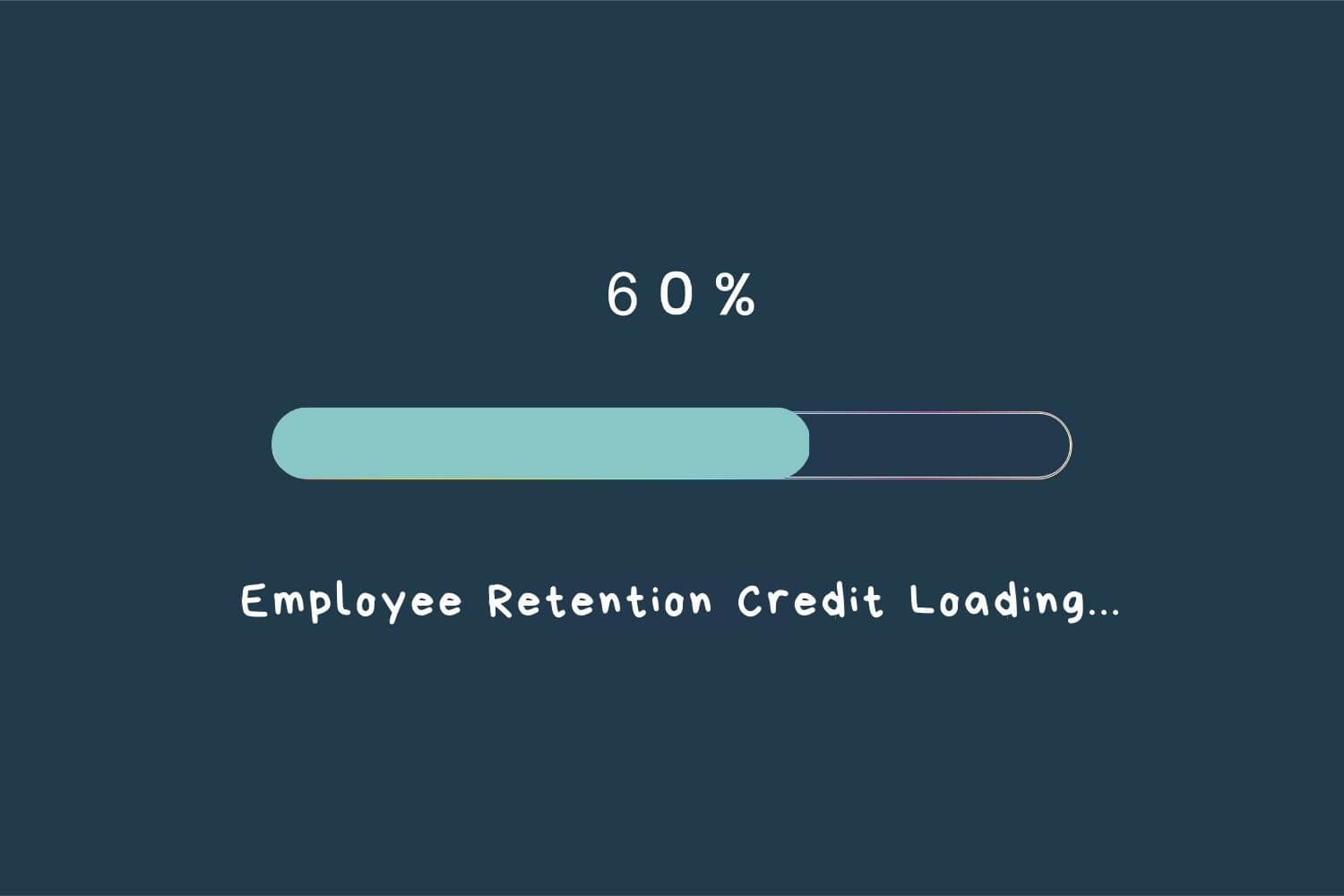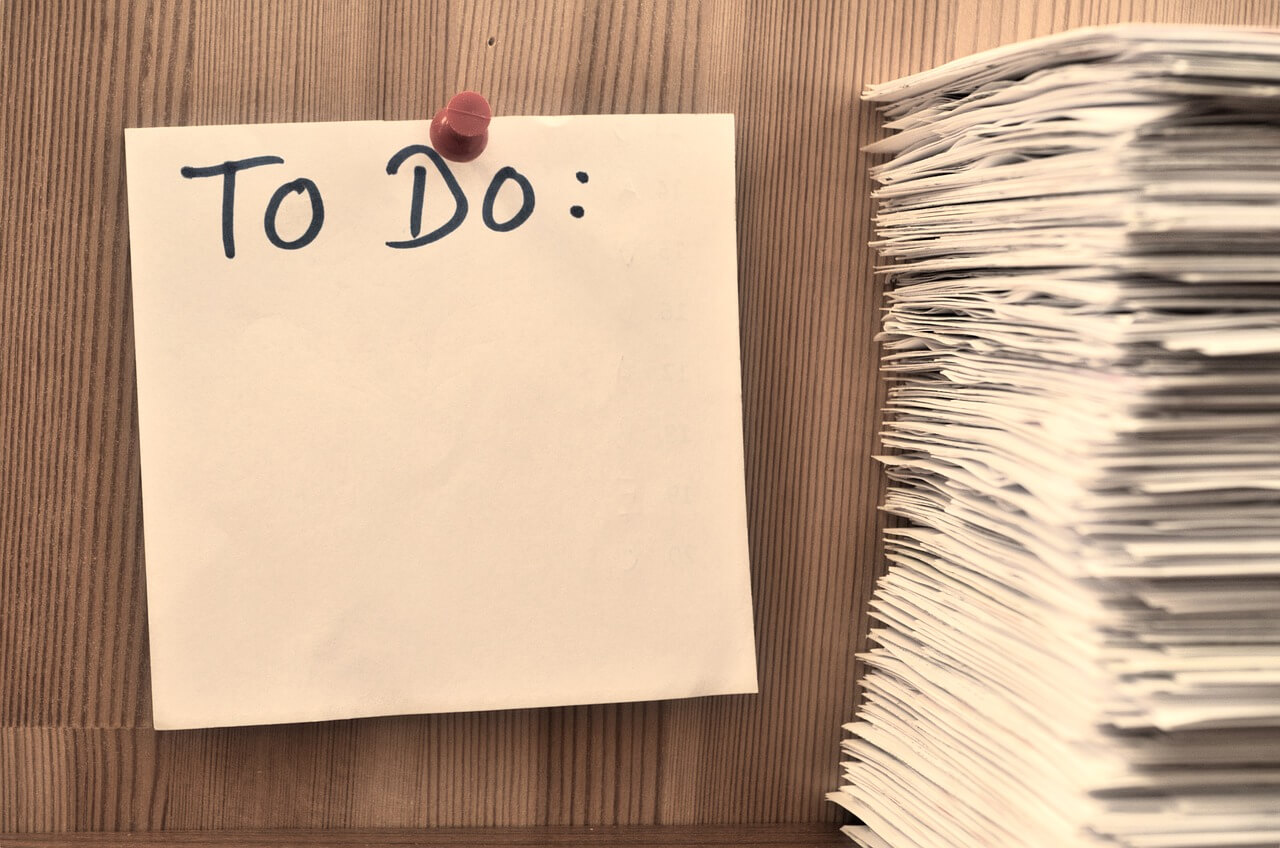I work for a non-profit membership society as advertising and marketing manager, a position that falls under the umbrella of the development office. I am responsible for the advertising in our member publications and on our web site, and for selling sponsorships to local and national corporations. I am having a difficult time separating out …
Finance/
Financing & Loans
This post was supposed to be Part 2 of Proposal Development for grants. I’m moving that post to February 7th, however, so I may share a couple of personal insights on year-end giving. The holiday – and year-end giving – season is over. We’ve all packed away our lights and decorations, year-end donor lists, and …
I was asked if one 501(c)(3) non-profit can give money to another 501(c)(3) charity. With the usual, and necessary, caveat of, “I am not attorney, nor am I giving legal advice,” I responded that, “Yes, when the transaction advances the donor non-profit’s charitable mission, a non-profit can donate money (and other resources) to another non-profit.” …
As the year-end approaches, and since most non-profits use the calendar year for their tax returns, I wanted to highlight a few important aspects of a charity’s CFC application, and its financial management practices. First, in terms of applying to the CFC, there are three size categories with different levels of financial reporting required. These …
There is a philosophy, widely subscribed to in the n-p sector, that views nonprofit start-ups as having a responsibility to the sector and to society to prove themselves viable before looking to raise funds from (too far) outside of the founding group. Just because they may have a valid purpose, and may come to serve …
Once you have decided to apply for a federal grant, you must focus your nonprofit organization’s people and resources on the application process, which is likely to take at least a month. However, first you should determine whether you have all the requirements in place to apply. This financial checklist will define (suggest) the steps …
It’s common, especially for new or small nonprofits, to combine the responsibilities for fundraising and marketing into the same Board committee — after all, both functions include “getting the word out.” That’s what they have in common. But they have much more that is not in common. Part of a Fundraising Committee’s job is to …







